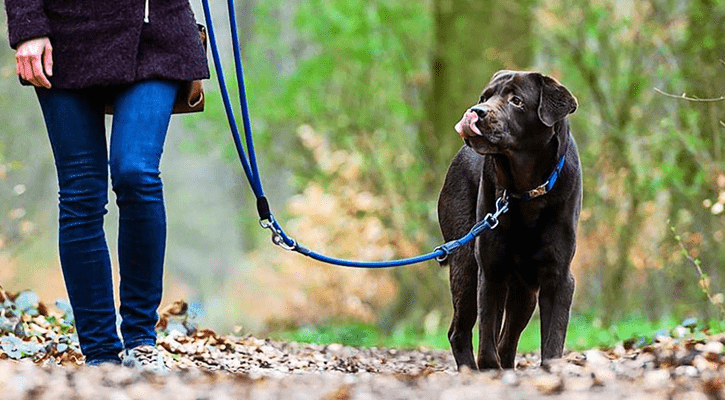Regular exercise is as important for pets as it is for humans. Engaging in physical activity not only helps maintain their physical fitness but also contributes to their mental well-being. In this article, we will explore the benefits of regular exercise for your pet's physical and mental health and provide you with valuable tips to incorporate exercise into their daily routine.
Physical Health Benefits
- Weight Management: Regular exercise helps prevent obesity in pets. Obesity can lead to various health issues, including joint problems, diabetes, and heart disease. Exercise helps burn calories and keeps your pet at a healthy weight.
- Muscle Strength and Flexibility: Physical activity strengthens your pet's muscles and improves their flexibility. It supports their overall mobility and reduces the risk of injuries, especially in older pets.
- Cardiovascular Health: Exercise promotes a healthy heart and improves cardiovascular function. It increases blood circulation and oxygenation, benefiting your pet's heart and overall cardiovascular system.
- Digestive Health: Exercise stimulates the digestive system, promoting healthy digestion and preventing constipation. It can also help regulate your pet's appetite and maintain a healthy metabolism.
Mental Health Benefits
- Stress Relief: Exercise is an excellent way to relieve stress and anxiety in pets. Physical activity releases endorphins, which are natural mood-enhancing hormones. Regular exercise helps your pet relax and reduces the risk of behavioral issues associated with stress.
- Mental Stimulation: Exercise provides mental stimulation, which is essential for your pet's cognitive health. Activities like puzzle toys, agility training, and interactive play keep their minds active, preventing boredom and promoting overall mental well-being.
- Behavior Management: Adequate exercise helps manage and prevent destructive or undesirable behaviors in pets. When your pet is physically and mentally stimulated, they are less likely to engage in activities like excessive chewing, digging, or barking out of boredom.
- Bonding and Socialization: Exercise provides an opportunity for quality bonding time with your pet. Whether it's going for a walk, playing fetch, or participating in agility classes, shared physical activities strengthen the bond between you and your pet. It also promotes socialization with other pets and people, contributing to their overall well-roundedness.
Tips for Incorporating Exercise into Your Pet's Routine
- Tailor Exercise to Your Pet's Needs: Consider your pet's age, breed, size, and overall health when planning their exercise routine. Some breeds require more exercise than others, while older or brachycephalic breeds may need shorter, less intense activities.
- Daily Walks: Regular walks are a simple and effective way to ensure your pet gets exercise. Aim for at least 30 minutes of brisk walking per day. Adjust the duration and intensity based on your pet's fitness level.
- Interactive Play: Engage your pet in interactive play sessions using toys like balls, frisbees, or rope toys. This not only provides physical exercise but also mental stimulation and bonding time.
- Agility and Obedience Training: Consider enrolling your pet in agility or obedience classes. These activities not only provide exercise but also enhance their mental abilities and reinforce positive behaviors.
- Indoor Activities: On days when outdoor exercise is challenging, create indoor activities like obstacle courses, hide-and-seek games, or indoor fetch using soft toys. This ensures your pet stays active even in inclement weather.
- Swimming: If your pet enjoys water, swimming is an excellent low-impact exercise option. It provides a full-body workout and is particularly beneficial for pets with joint issues or those who need rehabilitation.
- Consult Your Veterinarian: If your pet has health concerns or is significantly overweight, consult your veterinarian before
incorporating a new exercise routine. They can provide guidance on suitable activities and help you create a tailored exercise plan based on your pet's specific needs and limitations. - Gradual Increase: When starting a new exercise regimen, it's important to gradually increase the intensity and duration. This allows your pet's muscles and joints to adapt and reduces the risk of injuries. Start with shorter sessions and slowly increase the duration over time.
- Mental Enrichment: In addition to physical exercise, provide mental enrichment activities for your pet. Puzzle toys, treat-dispensing toys, and training sessions engage their minds and keep them mentally stimulated.
- Consistency: Regularity is key when it comes to exercise. Aim for daily exercise sessions or a minimum of three to four times a week. Consistency ensures that your pet receives the ongoing physical and mental benefits of regular exercise.




